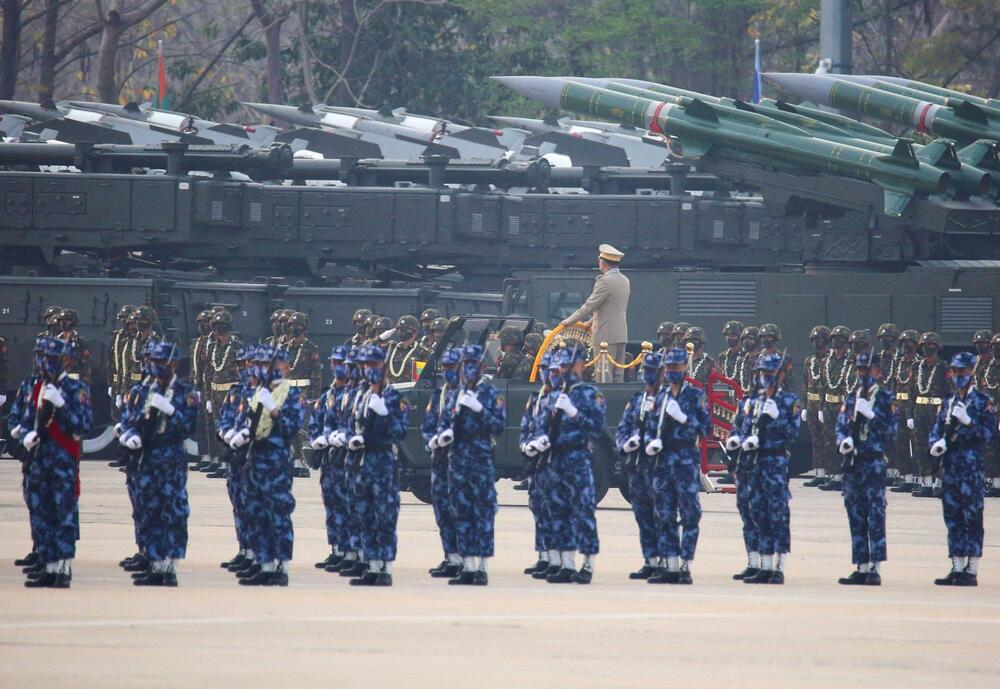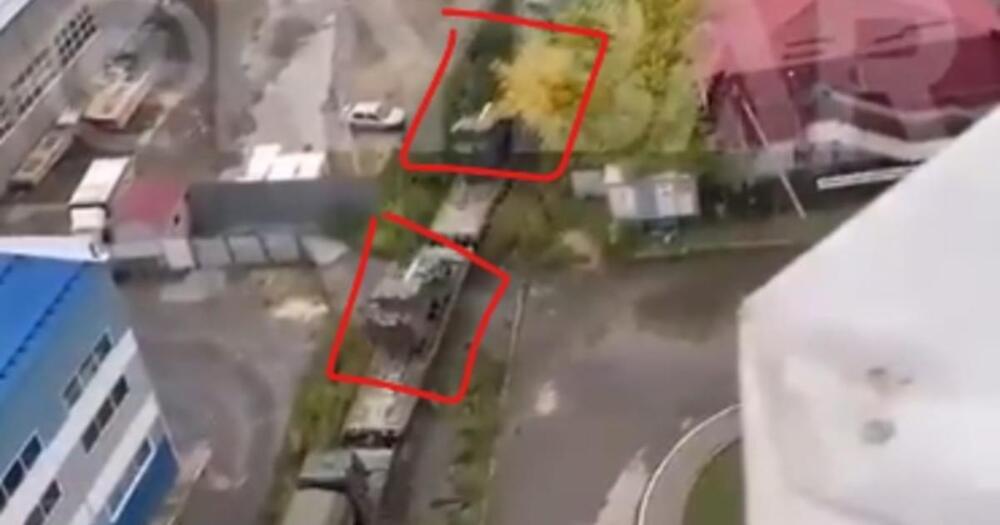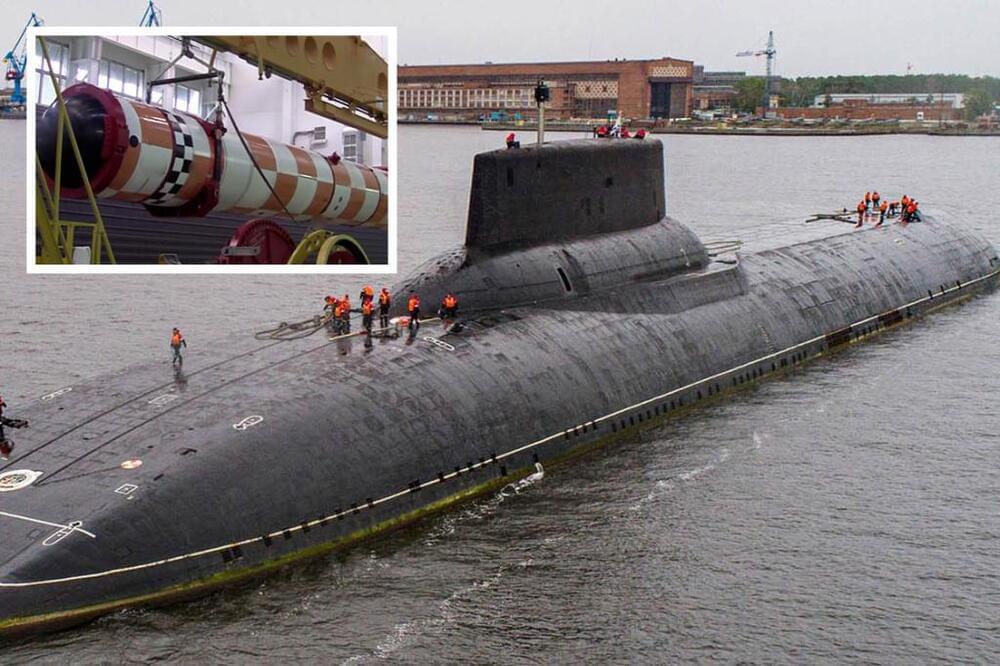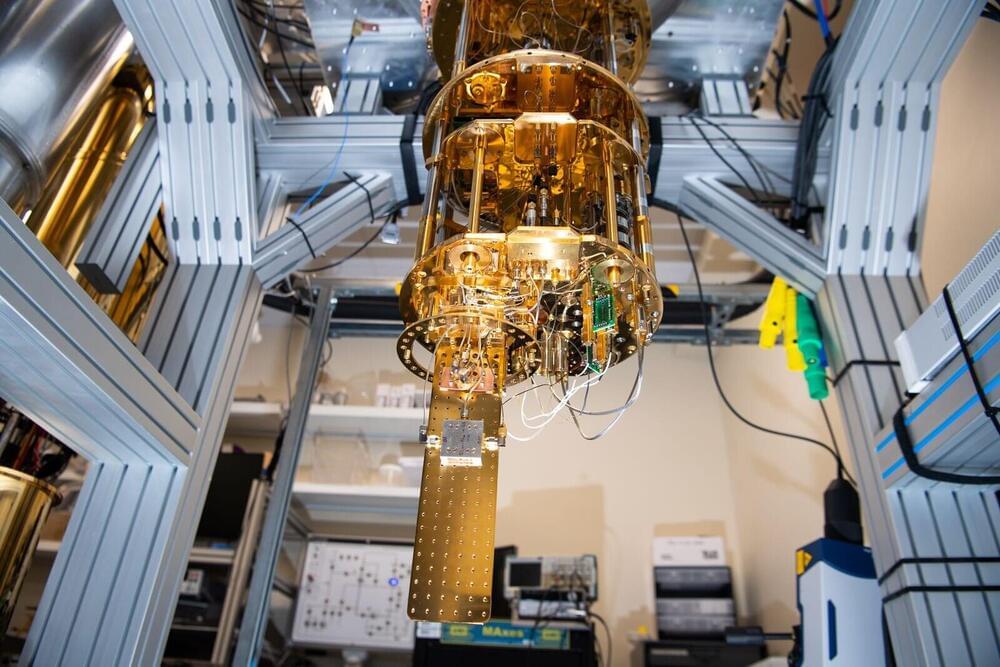The massive launch system will carry a mysterious U.S. Space Force payload to a high-altitude geosynchronous orbit.
It’s been a while since SpaceX launched Falcon Heavy to orbit. A string of payload delays has stopped the heavy-duty rocket from hitting the launch pad since the summer of 2019.
Now though, as per a report from SpaceFlightNow, a military spokesperson has announced Falcon Heavy may finally fly again as soon as October 28 from Kennedy Space Center in Florida. The 28-engine rocket, SpaceX’s most powerful operational launch system, will lift a delayed national security mission for the U.S. Space Force.
SpaceX’s Falcon Heavy will finally fly again.
SpaceX could finally launch Falcon Heavy again this month after a three-year hiatus. The massive launch system will carry a mysterious U.S. Space Force payload to a high-altitude geosynchronous orbit.






